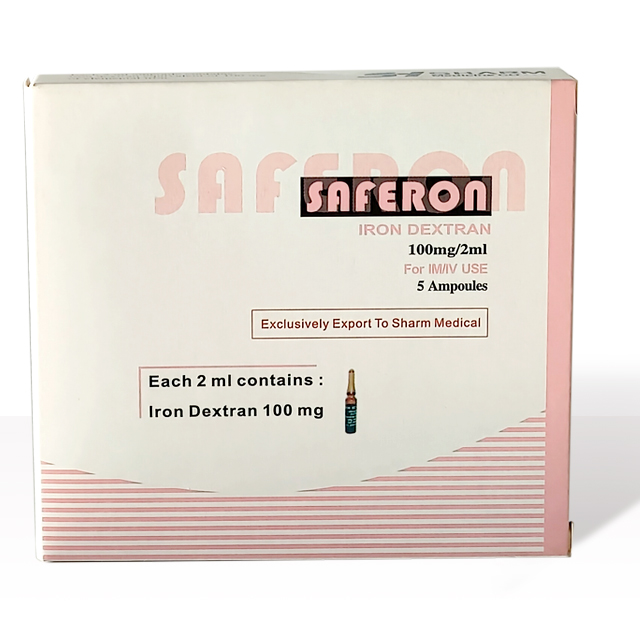
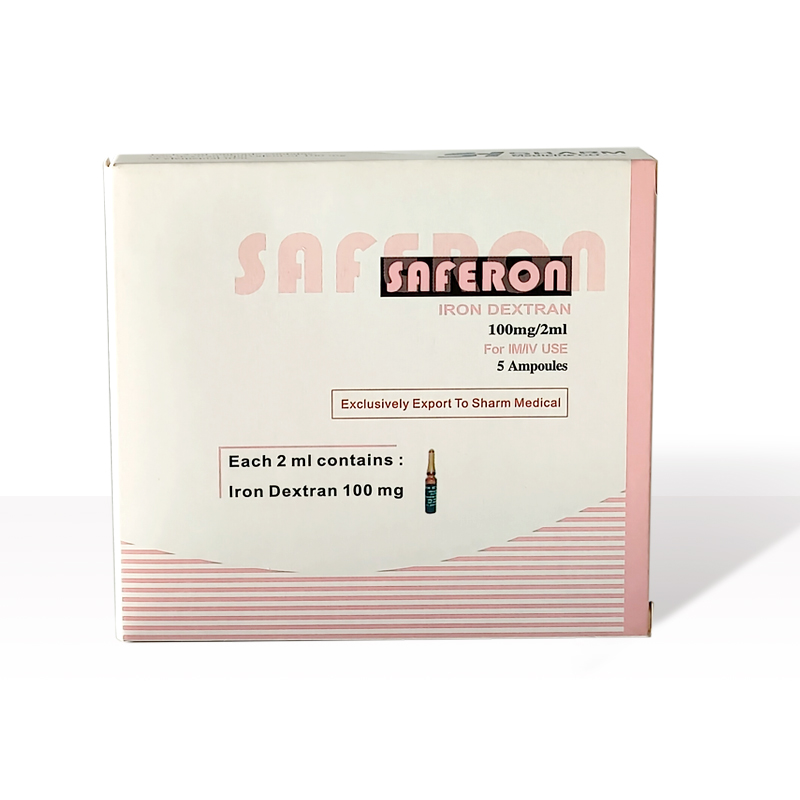
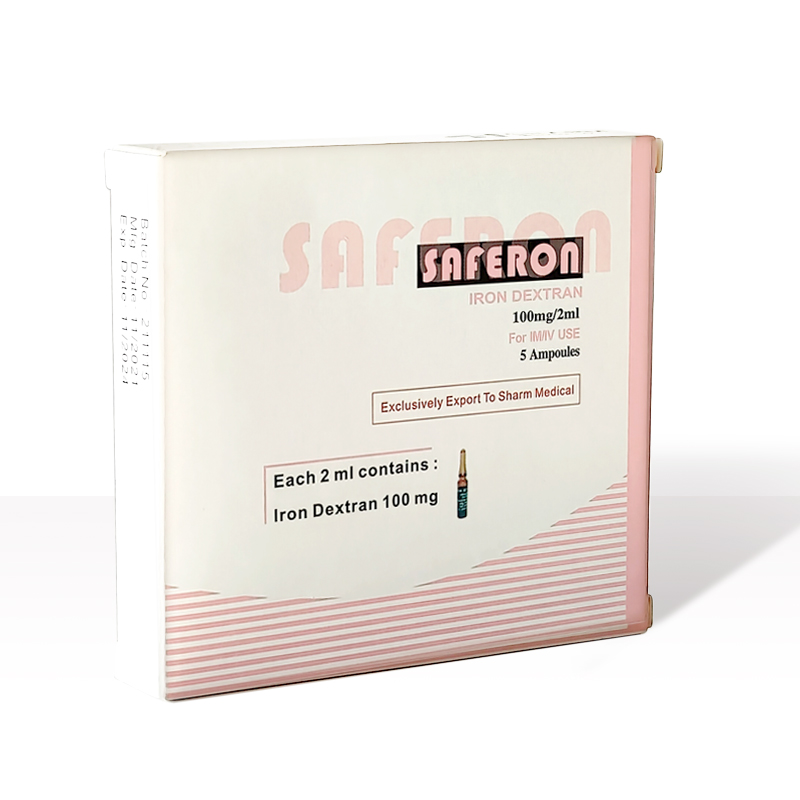
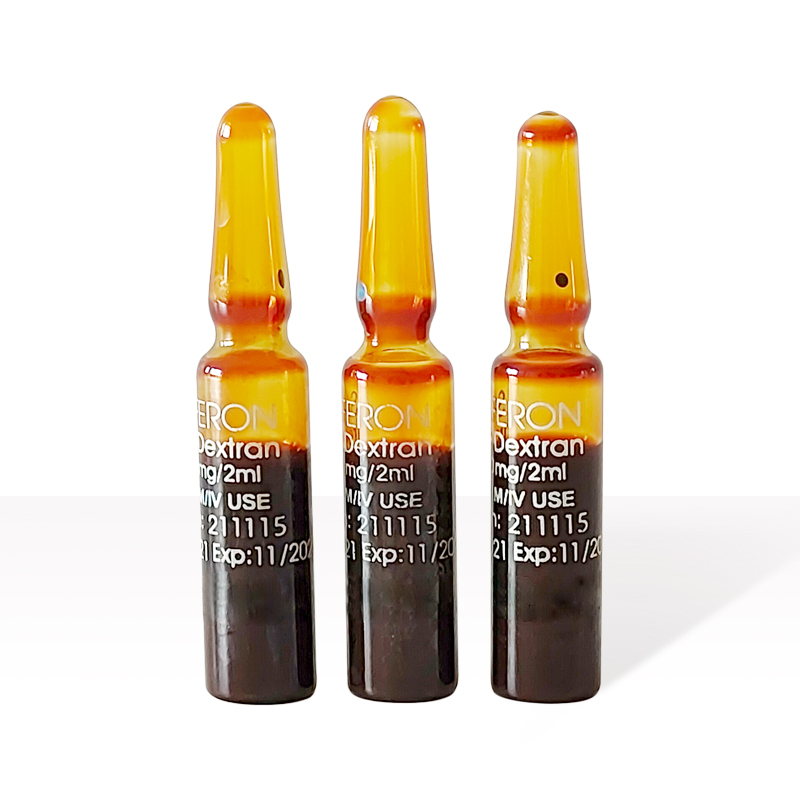
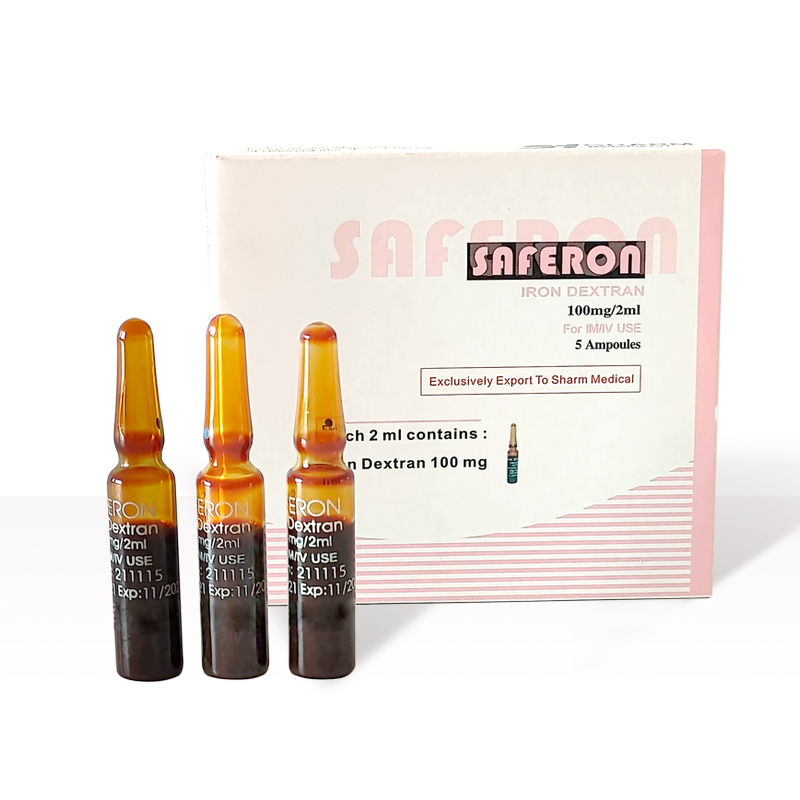
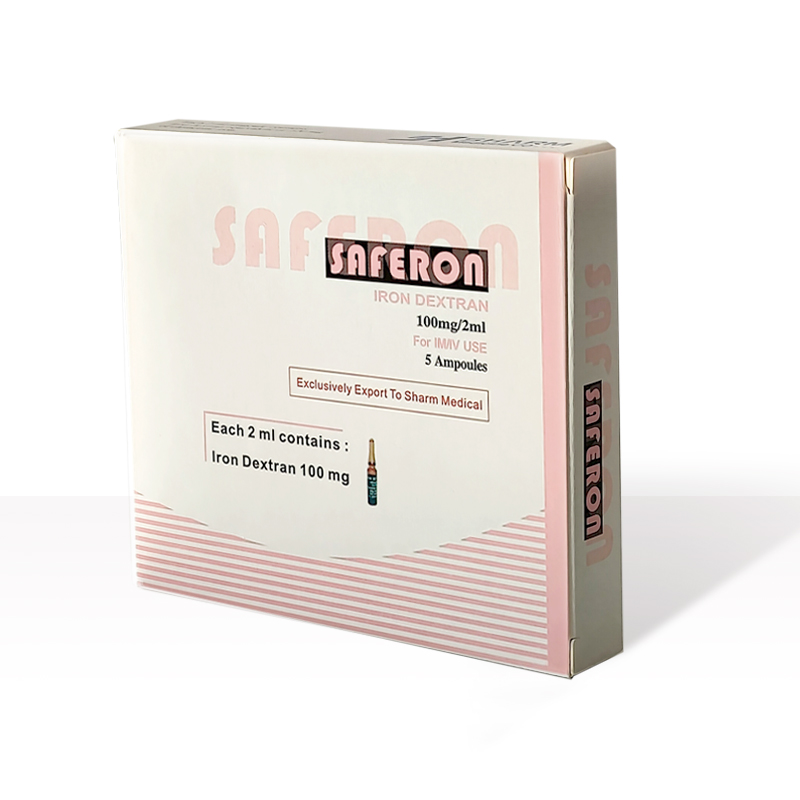
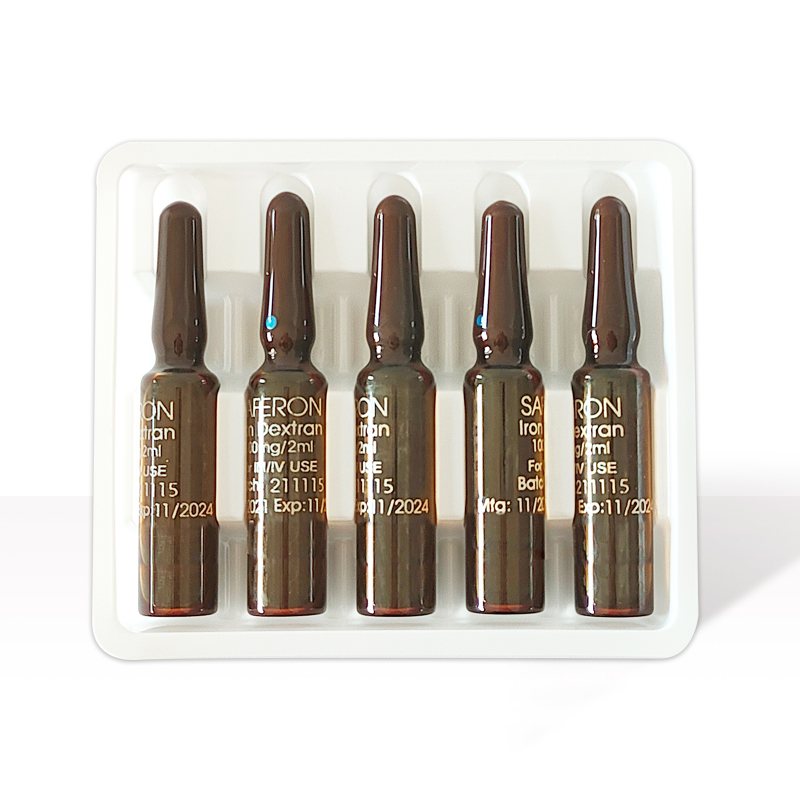
Iron dextran is a complex of ferric hydroxide and low molecular weight dextran, used primarily to treat iron deficiency anemia. When administered, iron dextran is taken up by macrophages and delivered to the reticuloendothelial system (RES) via endocytosis. The RES separates the components, allowing iron to bind to transferrin, an iron-binding protein that transports iron to the bone marrow. The iron-transferrin complex binds to transferrin receptor 1 (TFR1) on erythroid progenitor cells, where iron is used to synthesize heme, a component of hemoglobin. This process increases red blood cell production and hemoglobin levels, typically observed about 7 days after infusion.
Iron dextran injection is indicated for:
Adults:
Iron dextran injection should be stored at room temperature. Avoid freezing and protect from light.


 2006-2025 上海博華國(guó)際展覽有限公司版權(quán)所有(保留一切權(quán)利)
滬ICP備05034851號(hào)-57
2006-2025 上海博華國(guó)際展覽有限公司版權(quán)所有(保留一切權(quán)利)
滬ICP備05034851號(hào)-57